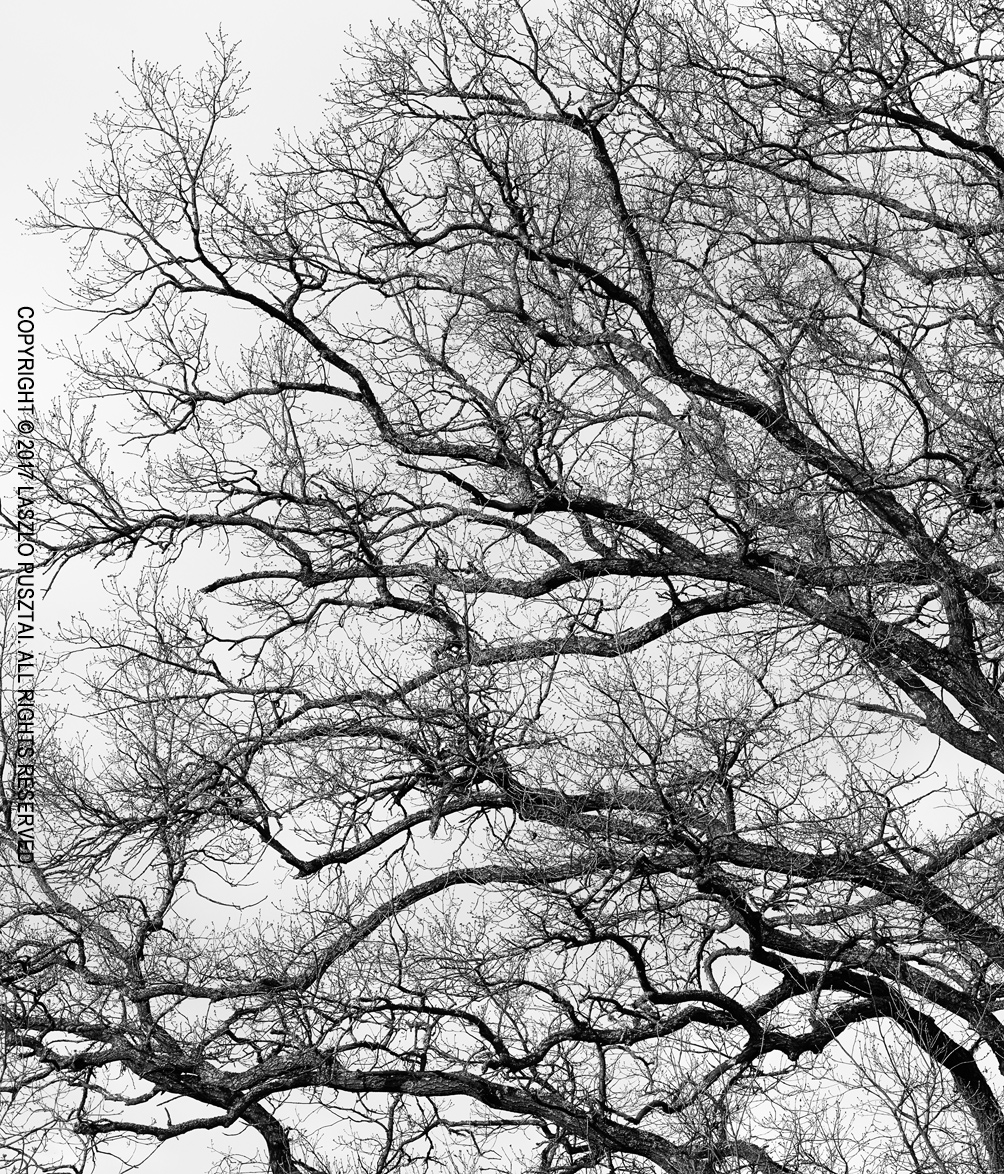Water is an inexhaustible source of inspiration. It isn’t always fluid, it isn’t always blue. But it’s always changing and invites you to experiment. And along the way you may discover fragments of it’s hidden nature.

Turbulences
This image is part of my “Colors of a Lake” series, a long running project that explores unusual colors and forms of one of my favorite places.








